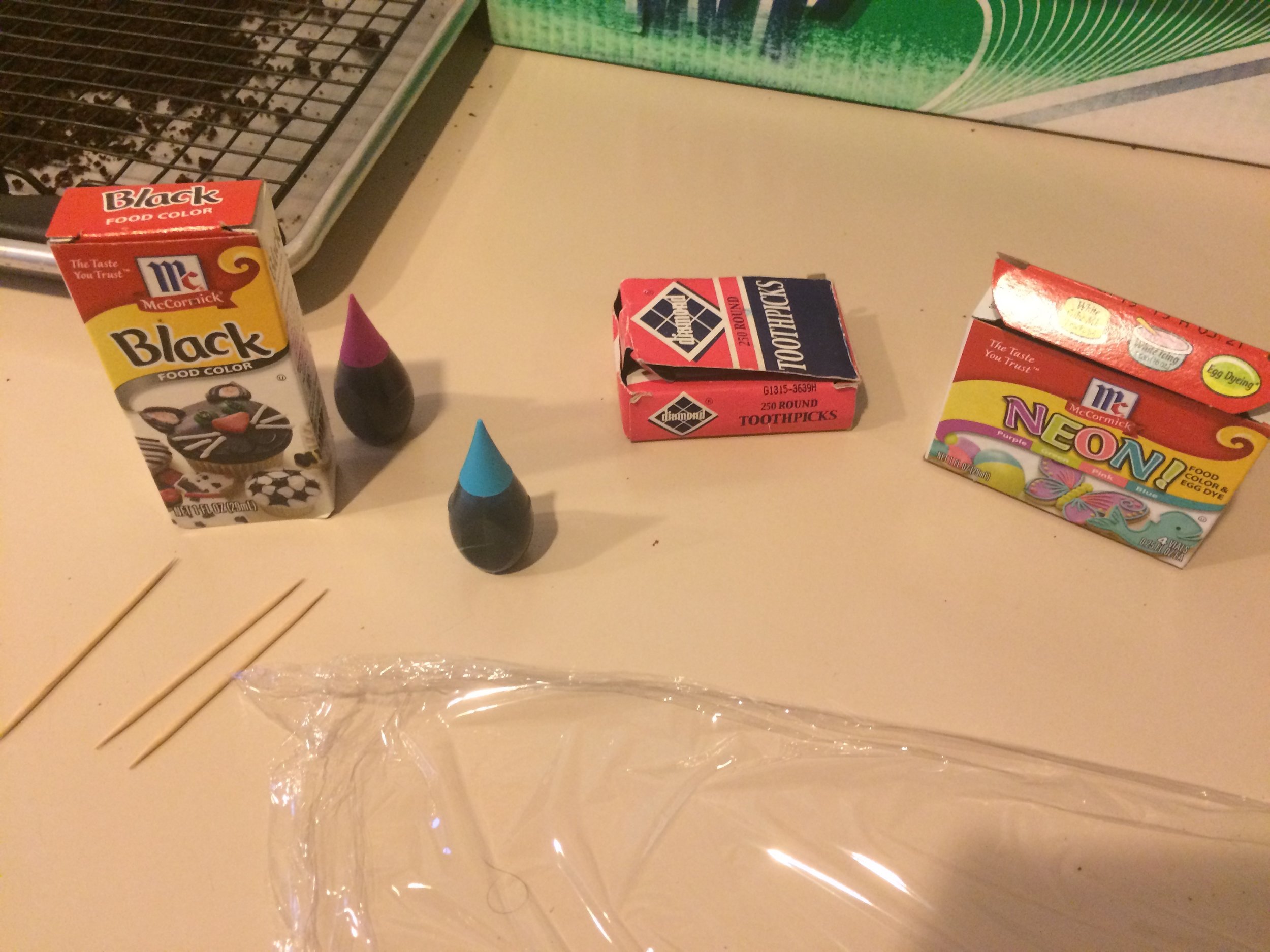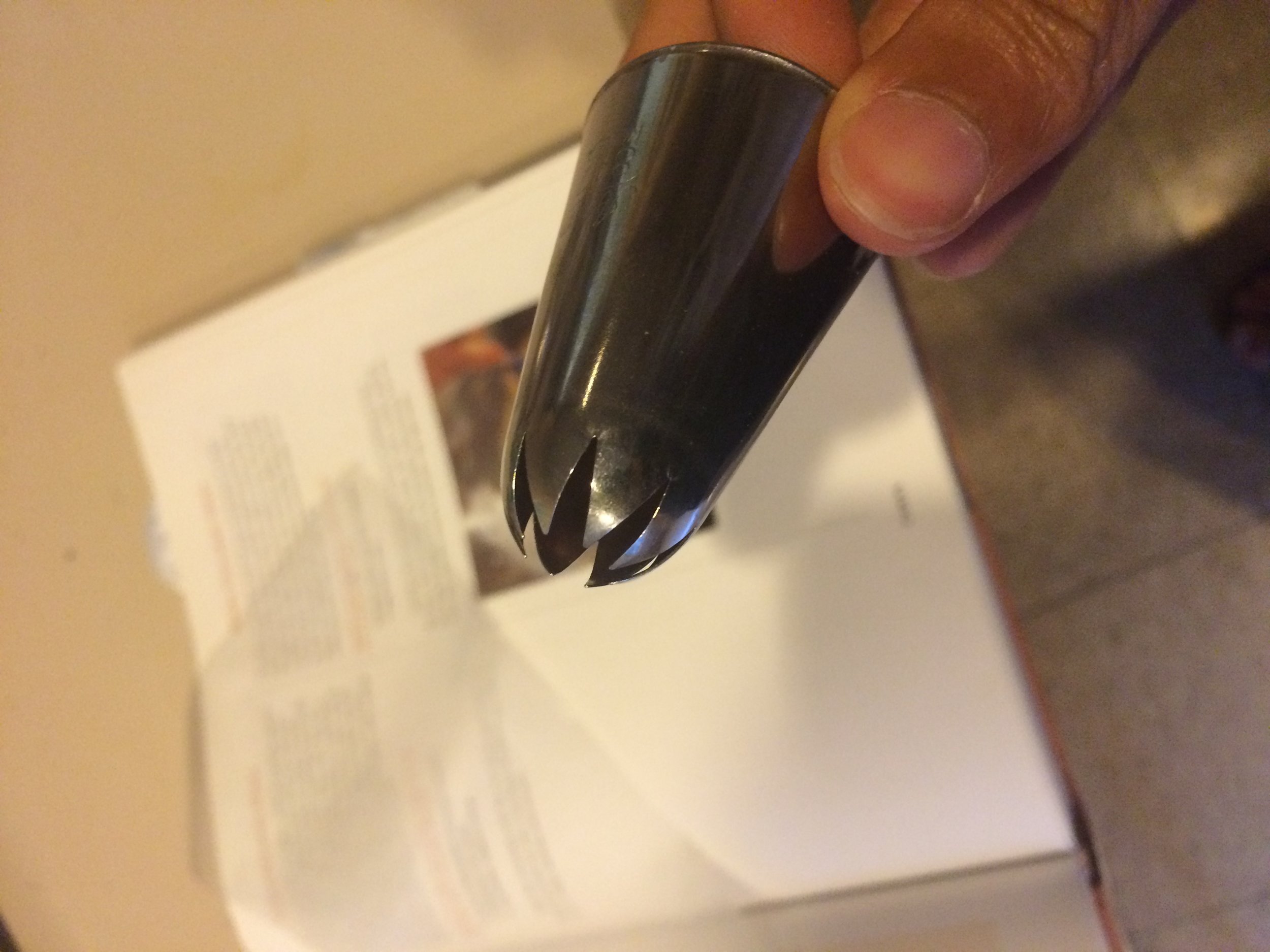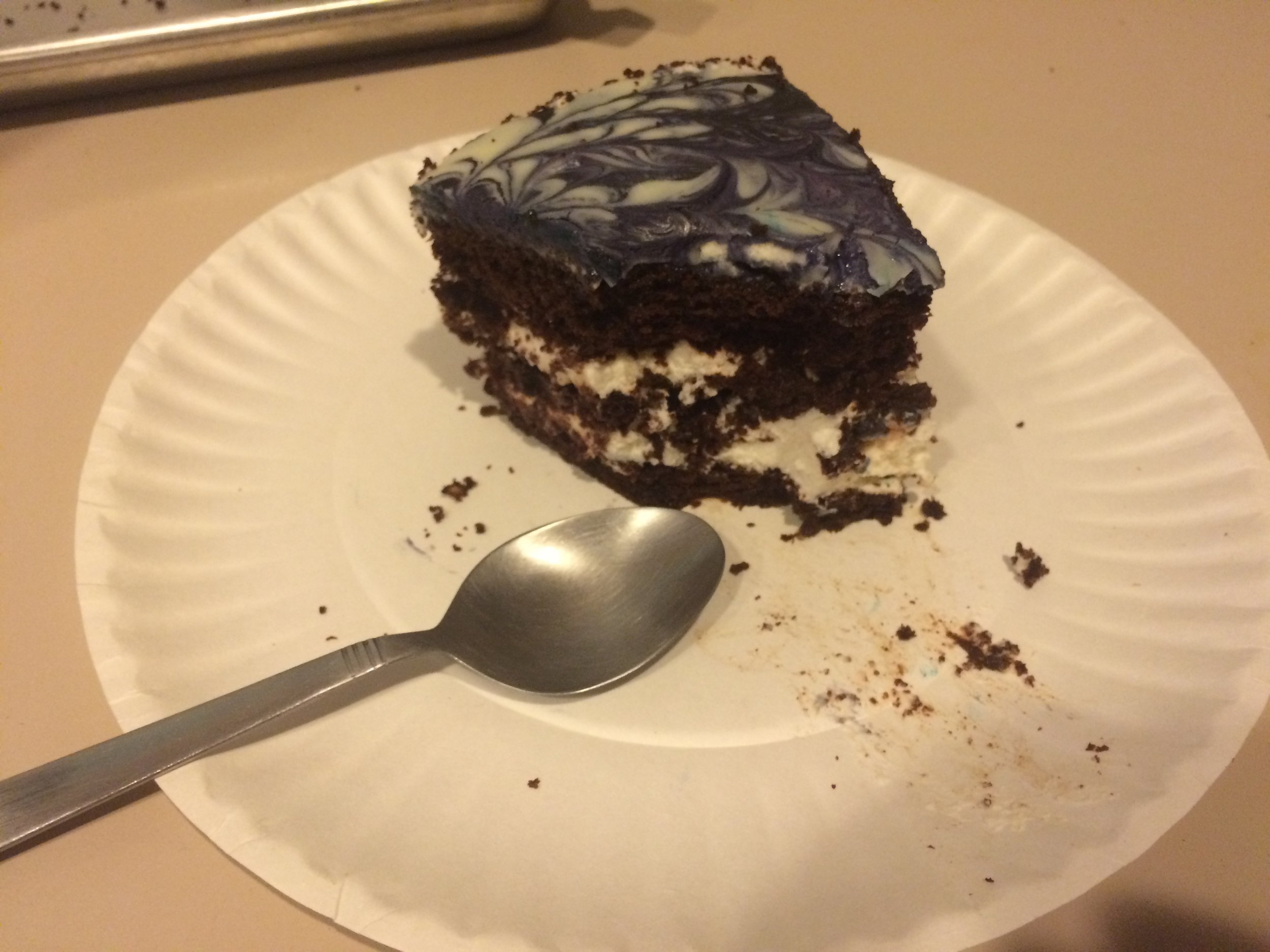Every year, our astronomy department has a summer barbecue. It's one of the largest events we have since almost everyone is there and brings their families. The most recent one was in June 2016 (I know, practically last week! I'm still catching up on the posts) and I wanted to make something different.
I was looking through some french macaron templates (sheets of 8.5 by 11 inch paper that you place under parchment paper to guide how large each macaron is) and I noticed the 2.5-inch circle template. Typical macrons are 1.5 inches in diameter, so the 2.5-inch template caught my attention and made me wonder what reason I could have to make macarons so large. So, I thought of a reason: stars!
Stars are circular and the come in a range of sizes. Well, actually they're spherical, but when they are projected on the sky, they look circular, but that's a technical detail. Stars also range in sizes that are not scaled down very well to 1 to 2.5-inch macarons...at least not in linear space. So after some internal debating, I figured that this star-macaron analogy would work so long as I accepted the fact the macarons would be to scale if I plot--err, I mean bake them logarithmically. As in, the 2.0-inch macarons are 100 times larger than the 1.0-inch macarons in logarithmic scales. Yes, these are the details I worry about when I'm baking something related to astronomy.
You can take things one step further if you add color to the macarons, use this color as a proxy for temperature, and the let the sizes of the macarons represent luminosity. Now we have all the ingredients for an HR diagram. The HR is short for Hertzsrpung and Russell, who were two astronomers who devised a way to show how stars change relating their temperature and luminosity. An HR diagram looks something like this:






























